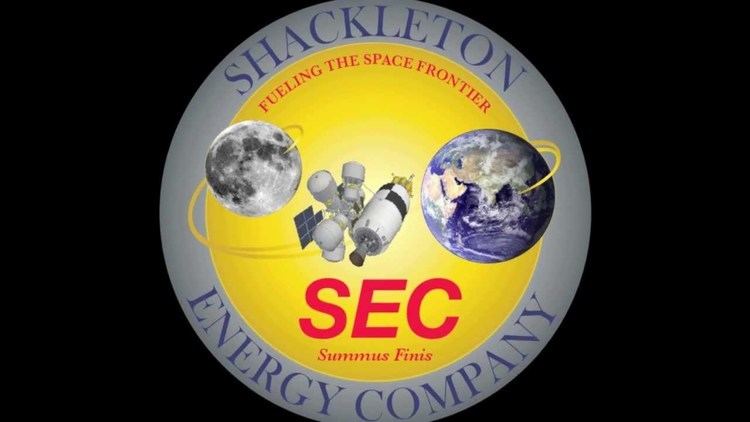Industry Aerospace Founded 2007 | Founder William Stone Type of business Private | |
 | ||
Key people Bill Stone (Chairman)Dale Tietz (CEO)Jim Keravala (COO) Website www.ShackletonEnergy.com | ||
Oemf2015 day 2 plenary jim keravala shackleton energy company inc
Shackleton Energy Company was formed in 2007 in Del Valle, Texas to build the equipment and technologies necessary for mining the Moon. There have been no public updates as to their progress since. Shackleton Energy was a subsidiary of Piedra-Sombra Corporation until March 2011, when it was incorporated as an independent C-corporation in the State of Texas.
Contents
- Oemf2015 day 2 plenary jim keravala shackleton energy company inc
- Failed plans
- Rationale
- Failed crowdfunding
- Project phasing
- Legal regime
- References
Failed plans
Shackleton intended to undertake lunar prospecting. According to their website, they originally stated that they would place a team on the moon within eight years. They have now removed many of those dates from their website after meeting no milestones and failing to secure funding.
They previously stated that they had planned to develop an "industrial astronaut corps" that would select individuals who have many of the characteristics of previous explorers—such as Ernest Shackleton, Edmund Hillary and Lewis and Clark. They have also stated that they would have humans stationed on the Moon in March 2021 There have been no updates on their progress.
Rationale
If significant reserves of ice could be located, they had planned to establish a network of "refueling service stations" in low Earth orbit (LEO) and on the Moon to process and provide fuel and consumables for commercial and government customers.
If ice deposits were located, if the appropriate legal regime were in place to support commercial development, and the ice could be extracted, Shackleton said they could build a fuel-processing operation on the lunar surface and in propellant depots in LEO. Their equipment would be designed to melt the ice and purify the water, "electrolyze the water into gaseous hydrogen and oxygen, and could condense the gases into liquid hydrogen and liquid oxygen and also process them into hydrogen peroxide, all of which could be used as rocket fuels. Should other volatiles like ammonia or methane be discovered, they, too, would be processed into fuel, fertilizer, and other useful products."
The economics that would make the enterprise potentially profitable are based on the relatively low costs of getting fuels and other consumables from the moon into low Earth orbit. Because "such a haul requires just 1/14th to 1/20th of the fuel it takes to bring material up from Earth."
Failed crowdfunding
Shackleton began a US$1.2 million crowdfunding campaign in November 2011 for seed funding, working with crowdfunding partner RocketHub. At the end of the fund raising period, only $5,517 was raised of the $1.2 million (0.46%) they hoped for.
Project phasing
Shackleton planned a phased project through 2020. Their plans were funding dependent on a raise in early 2013. However, funding was not secured. There have been no updates as to their progress.
- Systems planning and enterprise planning were to happen between 2012 and 2014. There have been no updates as to their progress.
- Robotic precursor missions, lasting two to three years, were planned to "identify and characterize the nature, composition and locations of the optimum ice concentrations at the north and south pole craters". Surface operations and surface assays with Shackleton equipment will complement the parallel NASA and international missions. Projected to begin as early as 2014.
- Establish prototyping and engineering infrastructure in LEO to test the interchangeable modules that are intended for later use for production. planned to concurrently start in 2014.
- Establish production-scale equipment and transport vehicles, both in LEO and on the surface of the Moon. Once the lunar polar base has been confirmed and the equipment is landed, human teams will follow to monitor and operate the facility for the extraction of water ice.
Legal regime
Although the requisite legal regime to enable the ice mining technology does not exist, major world space agencies, including NASA, have put in place a "voluntary, non-binding coordination forum (the Coordination Mechanism) where nations can share plans for space exploration and collaborate to strengthen both individual projects and the collective effort."
